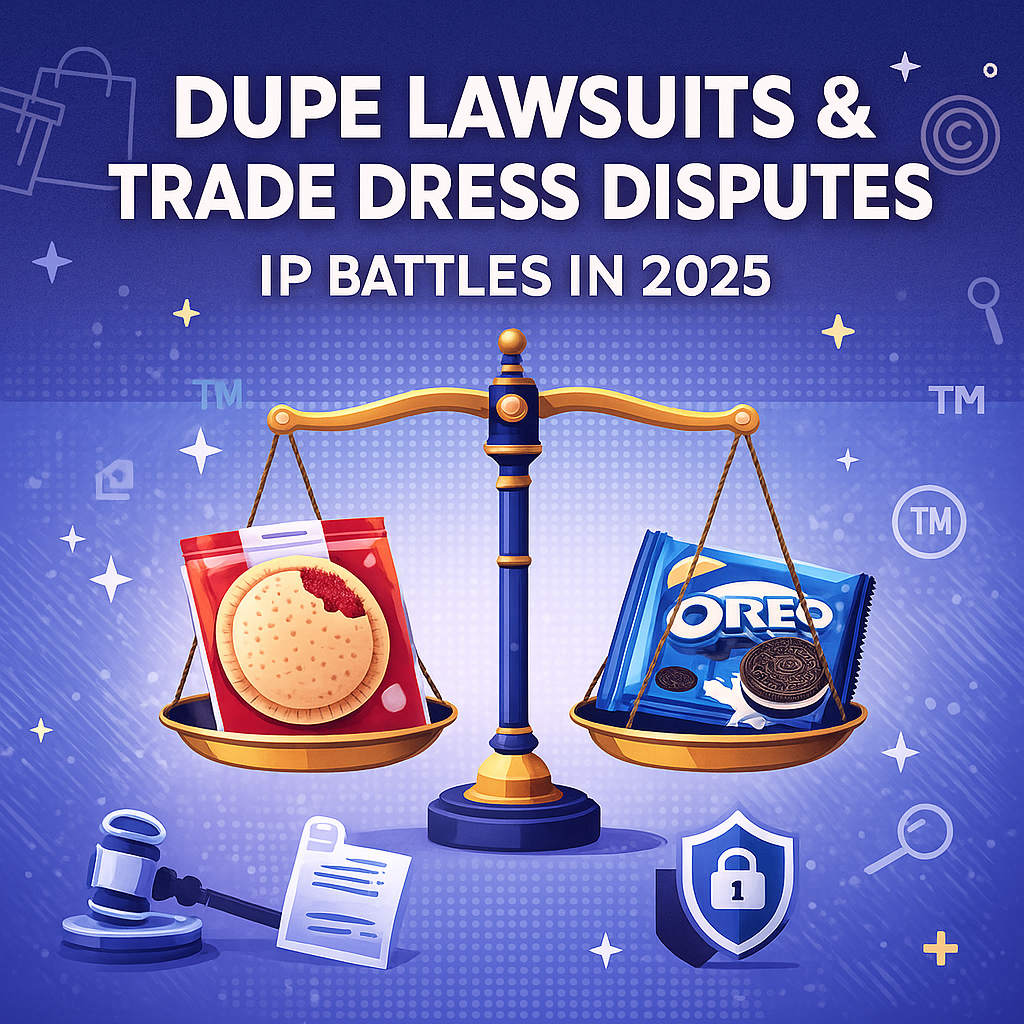Last Updated November 2025
Private-label design has moved from harmless imitation to legally actionable mimicry and courts are taking notice. According to the Private Label Manufacturers Association (PLMA), U.S. store-brand sales grew 3.9% last year to a record $271 billion, signaling a structural shift in consumer behavior — and a growing threat to manufacturers with well-established brand equity.
This shift has corresponded with an observable uptick in trademark litigation that includes trade dress allegations. Commentators note that courts are increasingly entertaining trade dress claims — a trend that signals brand owners are treating trade dress as a regular component of their enforcement strategies. Although trade dress filings make up a smaller percentage of overall trademark cases, courts are seeing an increasing number of disputes centered on product design, packaging, and overall look-and-feel, particularly in actions involving private-label or “lookalike” goods.
The result? Retailers are pushing design boundaries, national brands are drawing firmer lines, and courts are increasingly tasked with determining where “inspiration” becomes “infringement.”
See more



.png)
.png)

.png)